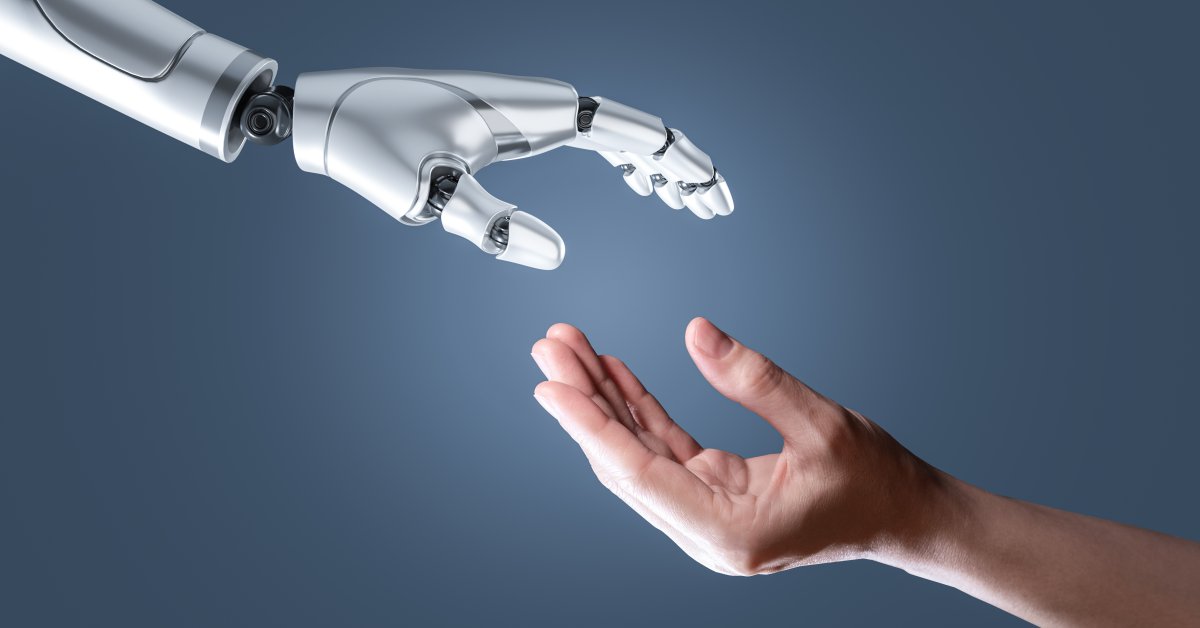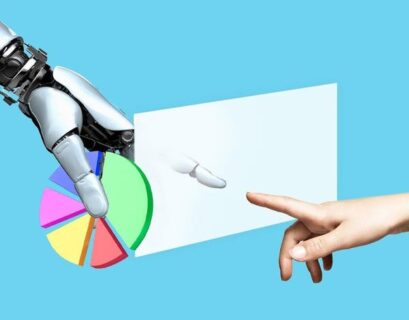Artificial intelligence’s impact on job displacement has been a topic of concern, especially with the rapid advancements in AI technology. While some believe that AI could potentially replace human jobs in the near future, a recent paper from MIT researchers suggests a more gradual transition.
The study by MIT’s computer science and artificial intelligence laboratory delved into the feasibility of automating tasks using AI and its economic implications for firms. They discovered that although computer vision AI can automate tasks equivalent to 1.6% of worker wages in the U.S. economy, only 23% of those wages (0.4% of the economy) would currently be cost-effective to automate instead of employing human workers.
Tasks such as analyzing medical images or inspecting items in trays are cited as examples where AI could be applied. However, the study highlights that the fragmented nature of these tasks makes full automation economically unviable at present.
The lead author of the study, Neil Thompson, emphasizes that while AI-driven job displacement is inevitable, there is still time to adapt to these changes. The study primarily focused on computer vision AI, which recognizes objects in images, rather than more versatile systems like large language models such as GPT-4 from OpenAI.
The MIT researchers noted that fine-tuning computer vision systems for specific tasks can be costly, particularly for smaller companies. In contrast, adapting language models like GPT-4 for various tasks is more straightforward and cost-effective, as demonstrated in a study by OpenAI on content moderation.
Despite the potential of language models like GPT-4 to streamline various tasks, challenges remain in integrating these systems into workflows efficiently. As AI technology continues to evolve, the pace of automation in the workforce may accelerate beyond current predictions, posing both opportunities and challenges for businesses and workers alike.










